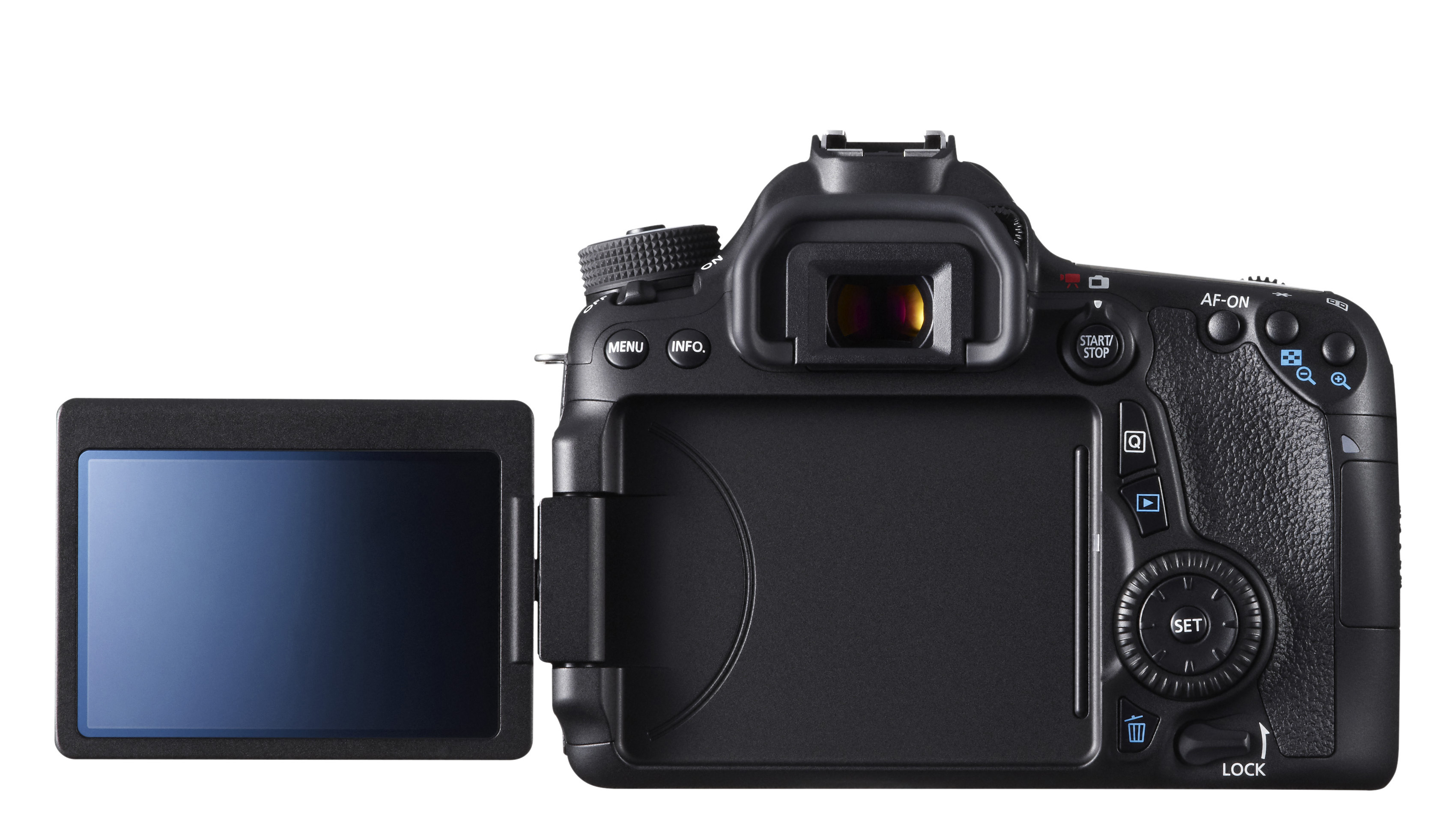Canon 70D gets connected
Canon's latest enthusiast-level DSLR is unveiled

Canon has announced its replacement to the Canon 60D, the Canon EOS 70D. Like its predecessor, this camera is aimed at photographers looking to take their photography more seriously, and features an APS-C format sensor. However, the effective pixel count has been raised from 18 million to 20.2 million.
The 3-inch 1,040,000-dot vari-angle screen has also been upgraded to a touch-sensitive display, to enable you to make settings adjustments and scroll through images in review mode via the touchscreen. Traditionalists will be pleased to learn that the Canon 70D also has a full complement of button and dial controls.
In a bid to make the Canon EOS 70D's Live View and video modes more user-friendly, Canon has introduced a new sensor-based autofocusing system, dubbed Dual Pixel CMOS AF. Canon claims that this makes focusing significantly faster than it was previously.
The new system gets its name because each of the 20.2 million photo sites on the sensor has two photodiodes under one micro lens. These diodes can be read together to create the image signal, or separately to drive a phase detection autofocus system. Although all of the photo sites have dual diodes, only the central 80% are used for focusing, because the errors are too great around the edges.
Upgrades all round
There's also a standard phase detection autofocusing system with a dedicated sensor, which is used when images are composed in the viewfinder, and this too has been upgraded since the Canon 60D. Like the Canon 7D, the Canon 70D has 19 AF points, all of which are cross-type. This is 10 more points than the Canon 60D has.
Image processing on the Canon 70D is taken care of by the Digic 5+ processor (the Canon 60D uses a Digic 4 processor) and this enables a native sensitivity range of ISO 100-12,800 with an expansion value of ISO 25,600. It also has a maximum continuous shooting rate of 7 frames per second (fps), which is 1.7fps greater than the Canon 60D can manage. This frame rate can be maintained for 16 full resolution raw files or 65 JPEG images.
Canon has built Wi-Fi connectivity into the 70D. This is exactly the same system as in the full frame Canon 6D, which enables you to transfer images wirelessly between cameras, to a computer or to a smartphone or tablet. It also enables you to control the camera remotely using Canon's EOS Remote app on an Android or iOS device.
Sign up for breaking news, reviews, opinion, top tech deals, and more.
The Canon 70D is set to go on sale at the end of August and will be priced at £1,079.99/US$1,199 (around AU$1,790) body only. Or a kit package will cost £1,199.99/US$1,349 (around AU$1,990) with the 18-55mm STM lens or £1,399.99/US$1,549 (around AU$2,315) with the 18-135mm STM lens.